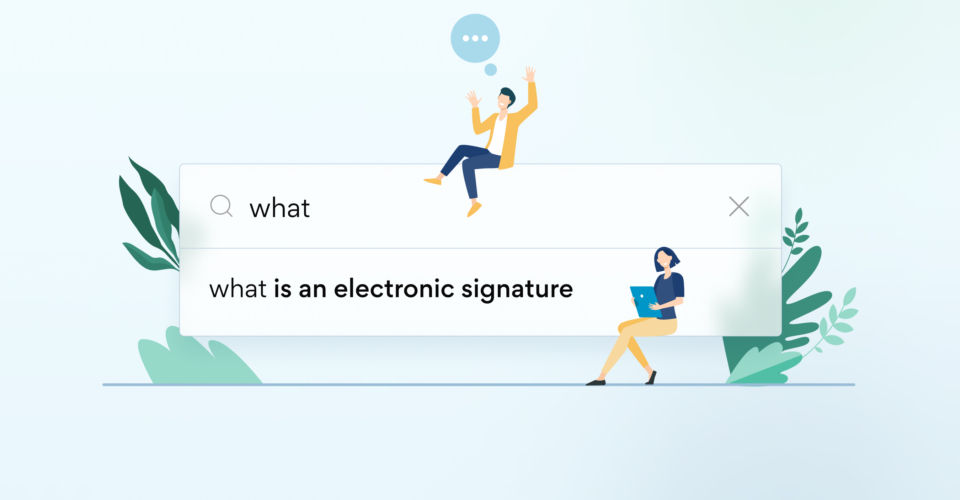Electronic signatures in Lithuania and other countries around the world are being used more often and in more diverse areas. In addition, more services today are becoming digitalized, so there is no longer a need to physically visit a place for a signature. However, some people are still reluctant to use this opportunity. Primarily due to a lack of knowledge about the electronic signature and how it works.
An electronic signature is your signature in the electronic space, which performs not only the function of signing, but also the function of confirming your identity. Today, the most common electronic signature with the highest legal validity is a Qualified Electronic Signature, which is subject to special technical and security requirements stipulated by law.
The use of Qualified Electronic Signature is constantly growing, especially in recent years. A survey commissioned by the Communications Regulatory Authority of the Republic of Lithuania (RRT) shows that in 2020, more than a third (35%) of Lithuanians have already been using electronic signatures.
#1 What kind of electronic signatures can there be?
The pandemic has forced many people to work remotely, and with that, many new challenges have arisen, including signing documents remotely. An electronic signature is one of the fastest and most efficient ways to do this. It defeats the purpose of printing documents, signing them physically, and scanning them. A document can be signed in seconds with just a few clicks.
As mentioned before, an electronic signature can have different levels of security. Your signature on the courier’s tablet after receiving the package or even your signature in emails can be considered an electronic signature. However, electronic signatures as such differences in their legal validity and level of security from Qualified Electronic Signatures.
“The regulation of the European Parliament and the Council of Europe provides that the electronic signature has different levels:
- Electronic Signature – data in an electronic form connected to other data in an electronic form or logically linked to them and used by the signatory to sign (for example, the already mentioned signature when receiving a package);
- Advanced Electronic Signature – an electronic signature that meets the following requirements: associated with the signatory, created using electronic signature creation data that only the signatory himself can use with high reliability, associated with the data signed by him in such a way that any change to that data is detectable, in accordance with the identity of the person signing it can be determined (for example, your signature on the tablet or computer screen on the document when system provider states that he is ensuring the integrity of a document);
- Qualified Electronic Signature – an advanced electronic signature created using a qualified electronic signature creation device and confirmed by a qualified electronic signature certificate (for example, Smart ID).
It is important to know that all the mentioned signing methods are valid, however, they differ in their level of security and legal validity. Only a Qualified Electronic Signature is subject to special requirements provided in the European Union Regulation, therefore only this type of signature is always considered equal to a handwritten one.”
#1 What kind of electronic signatures can there be?
You can easily start using a Qualified Electronic Signature anytime. Just choose the most preferable form to your liking:
Smart-ID app;
Mobile signature;
Electronic identity card;
USB storage device with an electronic signature.
With a Qualified Electronic Signature, you can sign contracts, request forms, and other documents as well as confirm various operations and payments. You can also use Qualified Electronic Signature to connect to various electronic services, such as electronic banking and platforms of government institutions.



